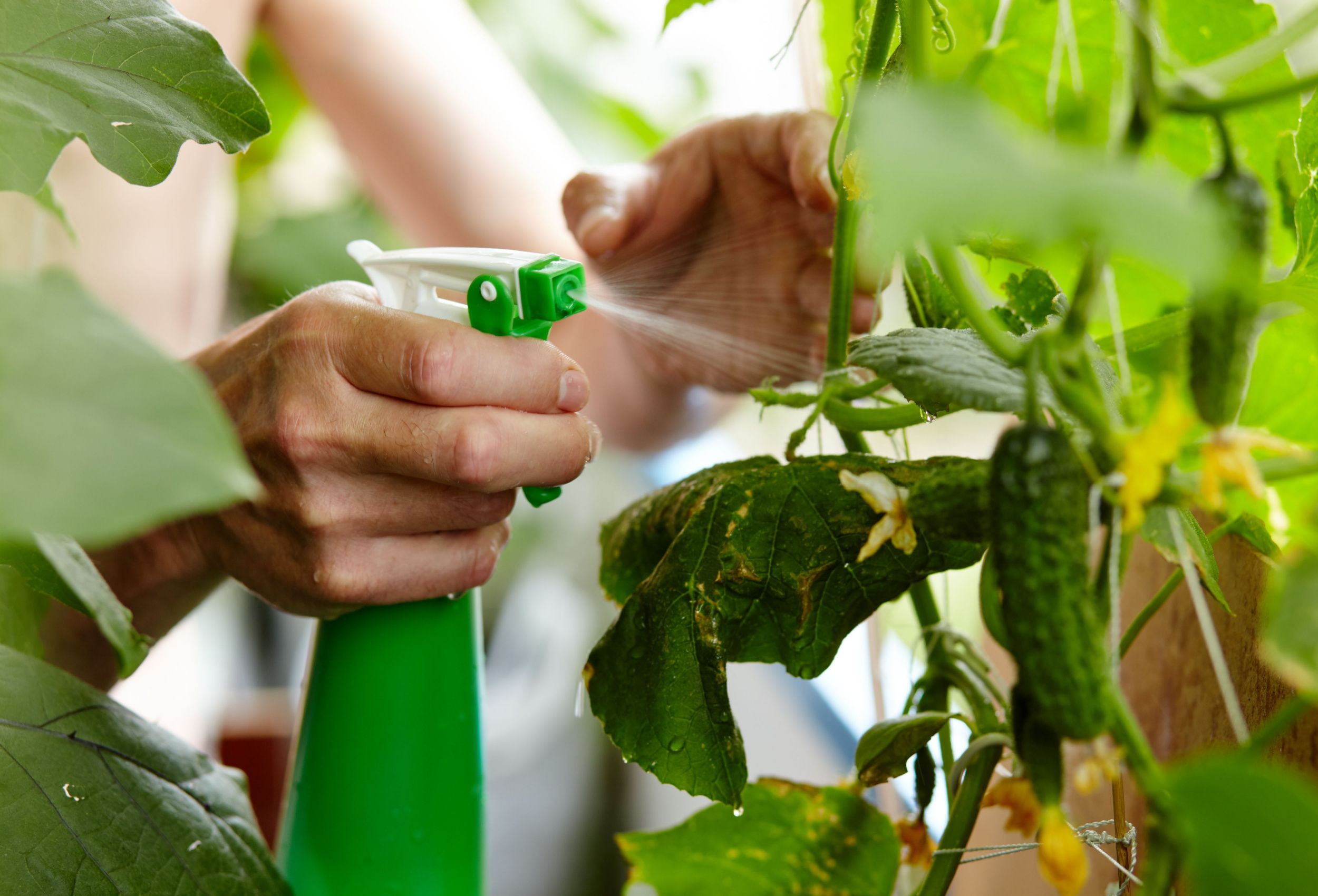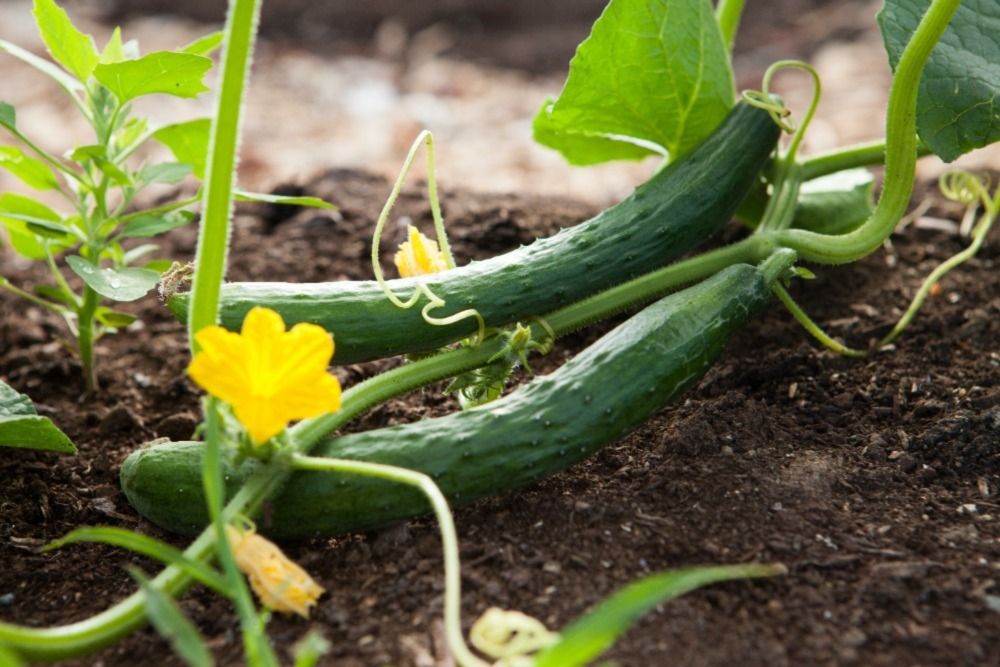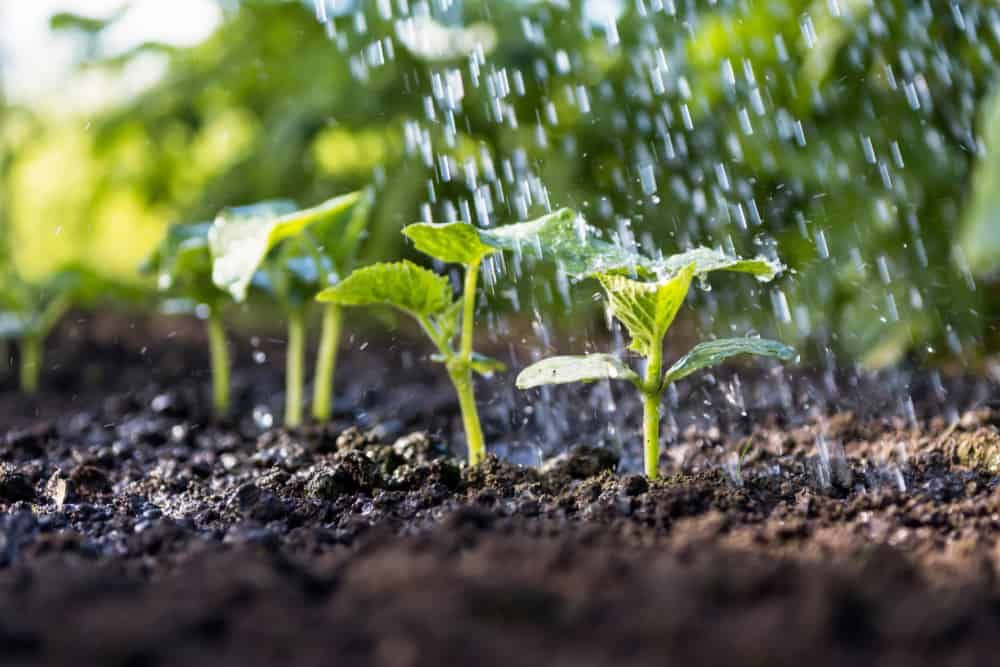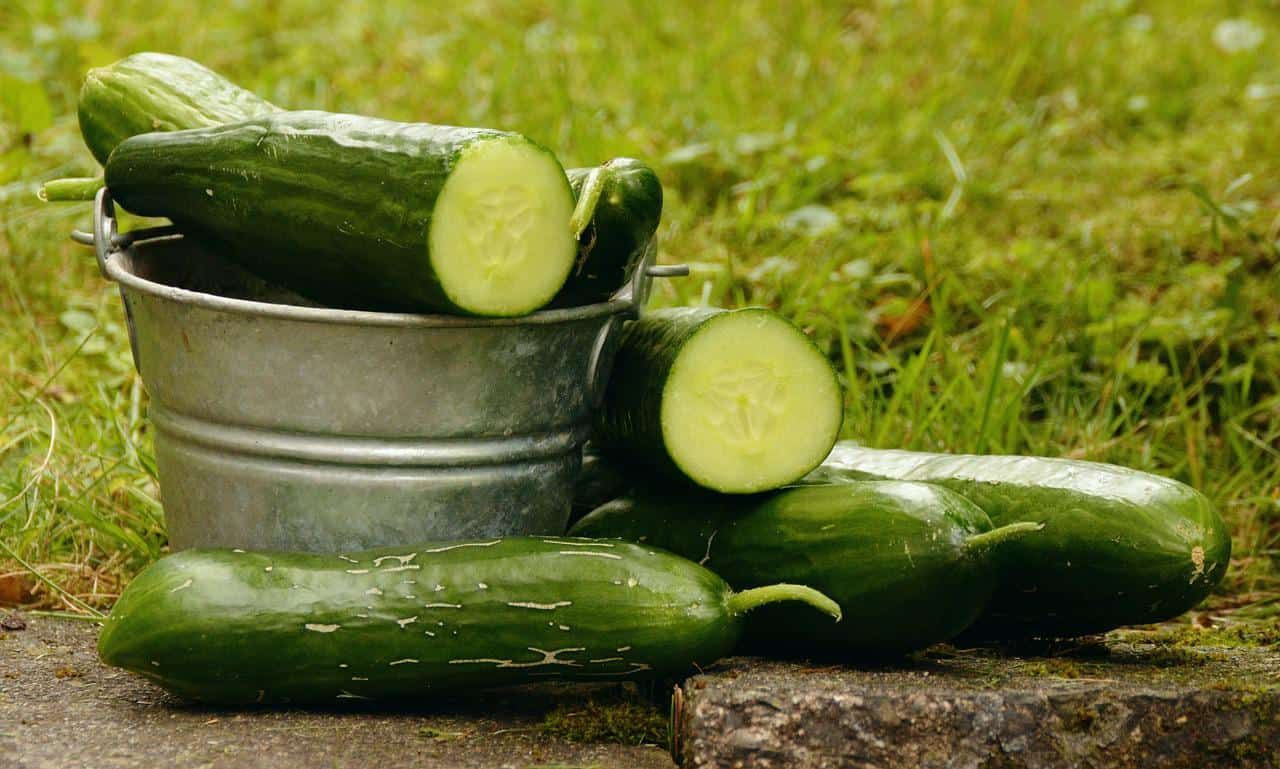It's no secret that gardeners are always looking for ways to keep their cucumber plants healthy and thriving. Weeding, watering, and plenty of sunshine are essential but sometimes your plants need some extra TLC. Consider adding baking soda to your care routine.
Discover why baking soda is an effective tool when it comes to caring for cucumber plants so that you maximize success with your gardening efforts.
Baking Soda for Cucumber Plants
Image credits: FotoHelin via Canva
Using baking soda on your cucumber plants is an easy and effective way to prevent diseases such as powdery mildew from developing. Powdery mildew is a pesky problem that affects many gardens and plants, but it's surprisingly easy to treat.
Mix 1 tablespoon of baking soda into a gallon of water along with a mild dish soap and some oil (such as neem oil or ordinary cooking oil) and spray your cucumbers once per week. For best results, spray early in the day so it has time to dry by nightfall. This solution works wonders on powdery mildew and is safe to use around your fruits and vegetables -- plus, it's easy to make at home!
Baking soda is an excellent choice because its basic properties create an unwelcoming environment for mildew where it won't thrive.
What Is Powdery Mildew?
Image credits: AJCespedes via Shutterstock
Powdery mildew is a common type of fungal disease that affects many different types of plants, from small backyard flowers to large agricultural crops. It's characterized by a white, powdery coating on leaves, stems, and flowers.
In warm, dry climates, it causes severe damage because infection occurs without moisture being present on the leaf surface. Powdery mildew only needs high relative humidity in the air for spore germination. You can often see this disease in dense plantings where there is limited air circulation and in damp, shaded areas.
It eventually leads to defoliation, flower death, stunted growth, reduced yields, and potential crop failure in extreme cases.
To prevent powdery mildew from invading your garden and ruining your cucumbers, regularly inspect your plants for signs and address them quickly with appropriate treatments (like baking powder)! Also, avoid overhead watering, maintain proper garden hygiene, and keep susceptible areas clean and weed-free to reduce the risk of infection.
How to Care for Your Cucumbers
Besides using baking soda to prevent powdery mildew, there are several other steps you can take to keep your cucumber plants healthy.
The Right Soil
Image credits: Kelly Neil via Unsplash
Before planting, add compost to the bed and mix it in with the soil. This will give your cucumber plants all the nutrients they need while keeping them healthy.
Additionally, you should check that your soil has adequate moisture and a pH of between 6.5 and 7.0. Anything more acidic or alkaline could impede growth. When preparing beds for planting cucumbers, always double-check that the soil is well-draining as soggy soil leads to rot.
Water Regularly
Image credits: Jurga Jot via Shutterstock
When it comes to hydration, consistency is key. Give your plants at least 1 inch of water per week, more if temperatures are high.
Water in the morning and try to keep the leaves as dry as possible. This helps prevent leaf diseases that could ruin your crop. For an even better result, invest in a soaker hose or drip irrigation system to keep things nice and easy.
Provide the Right Nutrients
Image credits: narong27 via Canva
If you haven't used compost in your veggie bed, a liquid 5-10-10 fertilizer is ideal for cucumbers. Apply one week after the plant starts flowering and every three weeks thereafter, directly to the soil around the plants.
You can also work a granular fertilizer into the soil if that's more convenient for you. Just don't over-fertilize or else your fruits may end up stunted!
Monitor Pests
Image credits: ErikAgar via Canva
Caring for your cucumber plants also includes dealing with pests. While some pests, like aphids and cucumber beetles, cause a lot of damage to your plants, there are steps you can take to keep them away and protect your cucumbers.
Search the leaves of your cucumber plants regularly, especially when they are flowering. Keep an eye out for signs of insects such as yellowing or wilting leaves or small holes. If you spot insects, remove them by hand if possible. Alternatively, use an appropriate pesticide according to label directions if necessary.
Harvest Regularly
Image credits: congerdesign via Pixabay
At peak harvesting time, pick your cucumbers every couple of days. Do not leave them on the vine too long.
Do not let regular slicing cucumbers grow longer than 6 to 8 inches before harvesting or they will become bitter. Harvest dill cucumbers as soon as they reach 4 to 6 inches long while pickling cucumbers need to be picked when they are 2 inches. Large burpless varieties reach up to 10 inches long and may even grow larger depending on the variety that you choose!
Use Baking Soda in Your Garden
After hearing the positive benefits that come from using baking soda on cucumber plants, it's easy to understand why this natural remedy deserves a shot in your very own garden! Not only is it non-toxic and affordable, but it takes little effort to create an effective solution for treating and preventing powdery mildew. The next time your cucumbers need some extra care, don't forget about this nifty trick. Share the love with your friends and family by telling them about how easy it is to maintain a healthy cucumber crop. Happy gardening!








